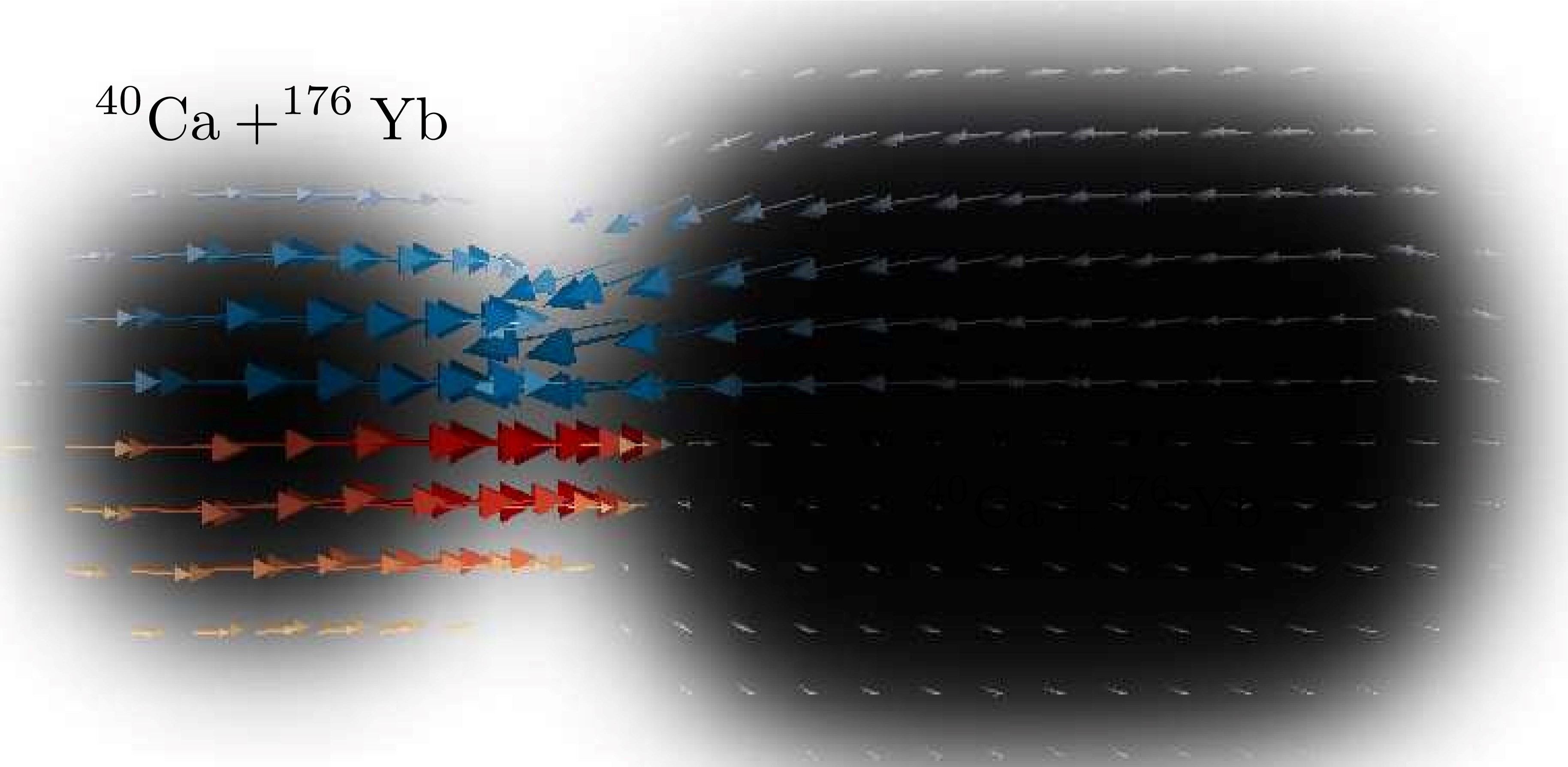Spinoff Technologies
- DOE SBIR Technologies Yield Improved Lasers, Better Targets and Better Physics - A collaboration of researchers from Thomas Jefferson National Laboratory and Raytum Photonics, supported by a DOE SBIR/STTR grant administered through the Office of Nuclear Physics, have developed a high power extremely narrow linewidth diode laser in order to polarize a 3He target. This target is used to study the internal structure of the neutron. Physicists are using the polarized target to understand how quarks, the neutron’s smaller constituent particles, combine to give the neutron its overall properties. The target is an integral part of neutron studies conducted at Jefferson Lab.
- DOE SBIR/STTR - What is a Germanium Gamma Ray Detector and Why is it Important? PHDS Co. – “High-purity germanium detectors provide the highest resolution (specificity), detection and identification of gamma rays for applications ranging from nuclear physics to nuclear forensics.”
- What’s the Matter? STAR Cryoelectronics Builds Superconducting Quantum Sensors for X-ray Analysis and Dark Matter Searches - Recent experiments with neutrinos have made it plausible to postulate the existence of additional types of neutrinos that interact with matter only through their gravitational force. These so-called sterile neutrinos could not only account for dark matter, but also help explain the matter-antimatter asymmetry in the universe. New quantum sensors have been developed to help DOE scientists in the search for sterile neutrinos.
- FRIB Stimulates Theory Advancements through Bridge Program - The Facility for Rare Isotope Beams Theory Alliance established a theory bridge program to create more permanent positions in nuclear theory across the U.S. Bridge faculty and staff are outstanding young theorists who develop exceptional theoretical research relevant to rare isotope science.
- Supporting the Future of Space Exploration - Researchers at the Texas A&M University Cyclotron Institute conduct radiation testing on components for SpaceX Dragon capsule.
- Moving on Up, to the Top - New approach doubles the current that can be driven by microwave heating at the DIII-D National Fusion Facility



